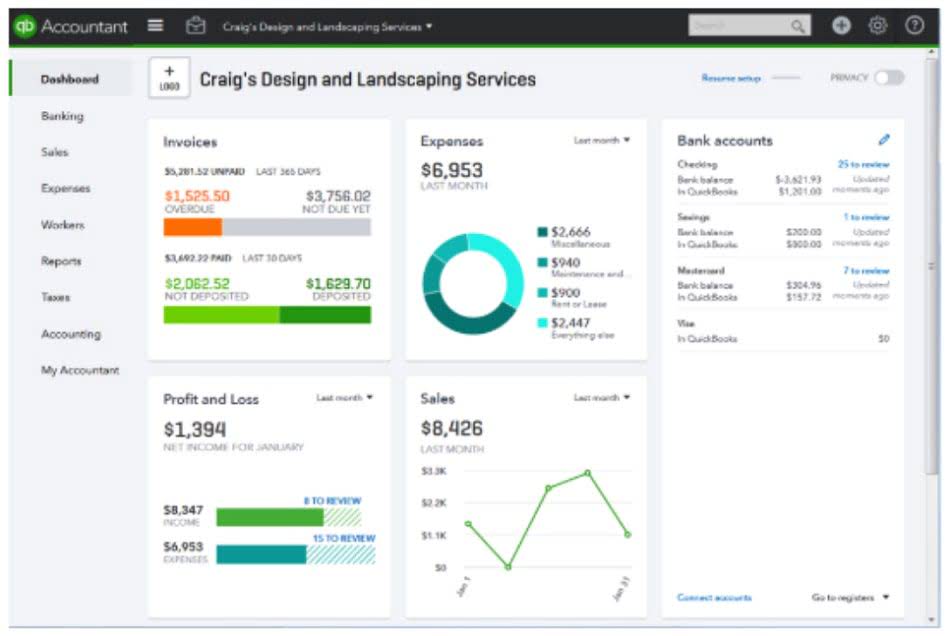LÀM BIỂN QUẢNG CÁO
- Home LIFO Reserve What Is It, Formula, Journal Entry, Examples
LIFO Reserve What Is It, Formula, Journal Entry, Examples

We can do some adjustments in the accounting equation to reflect the FIFO Inventory costing in the financial statements of the company using LIFO for external uses. To compare with other companies using FIFO, they add the $50,000 reserve to their LIFO cost of goods sold and ending inventory. As inventory methods are different therefore such comparison is unreliable and unfair. To get better analysis, once X’s inventory is adjusted we can see that its current ratio is even better than Y. After adjustment inventory of both X and Y was according to FIFO thus better comparison basis. Additionally, significant LIFO liquidation events require adjustments when inventory volumes decline substantially.
- Audits help uncover any counting errors, theft, damage, obsolescence issues, or other problems causing differences between booked LIFO reserve levels and actual inventory.
- Current ratio is a widely used metric to analyze and compare the liquidity of companies.
- Consequently the Last In First Out reserve account is used as a contra inventory account or more generally a contra asset account.
- By measuring changes in the size of the LIFO reserve over several periods, you can see the impact of inflation or deflation on a company’s recent inventory purchases.
- The following are the different steps of the calculation of LIFO reserve accounting used in finding out the reserve value for the business.
- An increasing LIFO reserve means the cost of goods sold (COGS) is going up.
- Overall, the LIFO reserve is a key component for proper inventory reporting.
Implications for Financial Ratios and Cash Flow
- This disclosure helps people compare inventory costs accurately when different methods are used.
- In simple words LIFO reserve is a tool that helps convert LIFO to FIFO quickly.
- Making the cost of goods sold high reduces the recorded amount of profit along with taxable income.
- Finance teams need to reverse the LIFO reserve balance through credit entries, impacting earnings.
- LIFO reserve is the difference between what the company’s ending inventory would have been under FIFO accounting and its corresponding value under LIFO accounting.
- It is the difference between the reported inventory under the LIFO method and the FIFO method.
A depleting LIFO reserve signals that older, cheaper inventory is being used up, known as LIFO liquidation. This can temporarily boost profits because the low-cost inventory lowers COGS. Seeing how LIFO reserve affects a company’s financials in an example leads us directly into its broader implications. Companies often face a Bookstime dilemma with increasing or depleting their LIFO reserve. It’s not just about choosing an inventory system; it’s about understanding its implications.

Adjusting the Financial Statements
In summary, a declining LIFO reserve allows companies to gain some temporary benefit from liquidating old inventory in inflationary times. However, it is not a sustainable boost to profits if inventory levels are not maintained. Companies should closely monitor changes in LIFO reserves as lifo reserve journal entry an indicator of inventory and cost management practices over time. Since the LIFO reserve increases the stated value of inventory, it lowers a company’s profit margin and affects metrics like return on assets.
- Most countries have prohibited the use of this accounting technique except under very special circumstances.
- With this data, you can compute the value of ending inventory under LIFO (last units purchased are first sold) and FIFO (first units purchased are first sold).
- Accounting professionals have discouraged the use of the word “reserve,” encouraging accountants to use other terms like “revaluation to LIFO,” “excess of FIFO over LIFO cost,” or “LIFO allowance.”
- The LIFO method is one of the available methods used in inventory management.
- This credit balance is then offset against the FIFO inventory valuation resulting in a net balance representing the LIFO valuation.
- US GAAP allows companies to adopt LIFO cost-flow assumption in inventory accounting but IFRS allows only FIFO and weighted-average methods.
Transparent Disclosure of LIFO Reserve in Reports

A larger LIFO reserve can result in tax savings by deferring income tax payments into future periods under US GAAP regulations—this impacts cash flow planning and financial strategies for businesses. The significance of LIFO reserve stretches beyond simple inventory accounting. It acts as a bridge, making it possible for analysts and investors to compare a company’s financials when different cost flow assumptions are used. Moreover, understanding LIFO accounting can help shareholders assess the realizable value of inventory assets reported on the balance sheet and potential tax implications from inventory liquidations. Overall, clear communication of all inventory accounting policies, including LIFO reserves, contributes to more informed analysis. The above are two different but widely used procedures for evaluation of closing balance of inventory.
What is the LIFO method?

The LIFO method, on the other hand, is the Last in Last Out technique used to take petty cash inventory. This method records a high cost of goods and a low amount of profit made, thus reducing the amount of taxable income. Most companies tend to lean towards using LIFO because it uses their latest inventory to calculate the cost of sold goods.
- The balance on the LIFO reserve will represent the difference between the FIFO and LIFO inventory amounts since the business first started using the LIFO inventory method.
- FIFO method better approximates the flow of cost of goods sold, so we will calculate the inventory turnover ratios by converting Company B inventories and cost of good sold to equivalent FIFO basis.
- Assuming prices are increasing, the FIFO valuation of inventory will therefore be greater than the LIFO valuation.
- Other methods of determining inventory movements include FIFO (first in first out) and Average Cost.
- It takes the result of the cost of inventory found using the LIFO method and subtracts it from the value of the cost of inventory recorded using the FIFO method.
The Dynamics of LIFO Liquidation
In summary, the LIFO reserve formula provides a way for accountants to quantify the impact of using LIFO rather than FIFO for inventory accounting and reporting. Understanding this formula can help analyze a company’s inventory valuation methods and their potential tax implications. The financial statements of any business are greatly affected by the choice of inventory valuation method.


It results in sale of old units that were purchased at potentially lower per unit cost. Calculate current ratio for both companies with and without LIFO adjustment for company X. In simple words LIFO reserve is a tool that helps convert LIFO to FIFO quickly. As we know inventory cost under FIFO is higher than cost under LIFO method that is why in the formula above FIFO cost is sum of LIFO reserve and LIFO cost. Companies should perform complete physical inventory audits periodically, such as annually, to verify inventory quantities on-hand.




